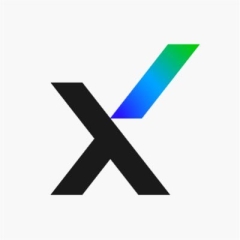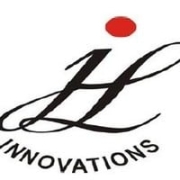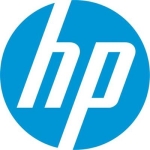What is our primary use case?
The endpoint of Trellix itself should be placed within an enterprise with more than 200 or 300 endpoints. And then, an administration council should be used to administrate these endpoints and get the updates, including any virtual batching needed, and so on. This is the most usual case for this product. However, of course, there are other supportive add-ons, or sensors, to be added to this endpoint - including the EDR, the endpoint detection response, sensor.
What is most valuable?
The user behavioral analysis feature is great.
It patches the operating system which is running on it until there is an available patch for the operating system itself.
What needs improvement?
The user experience of the administration has to be reviewed or refined. It's not friendly, not that easy.
If I could sell my customers the endpoint protection software in addition to the EDR software as a single package, that would be ideal.
Technical support needs improvement.
For how long have I used the solution?
I started using the solution around four years ago.
What do I think about the stability of the solution?
The stability depends on the version. I'd rate reliability eight out of ten. With some other versions, especially the old ones, you cannot even rate them five out of ten. The newer versions are much more stable?
What do I think about the scalability of the solution?
The scalability is okay. I'd rate it seven or eight out of ten in terms of ease of scaling.
We can just embed new features to the original package just to include everything so that you do not need to ask the customer to get full coverage by adding an add-on license, and so on.
Typically, enterprises use the solution. It's used, for example, within the financial sector and most of the customers are banks, FinTech companies, or financial organizations. Organizations may have 500 to 5,000 users.
How are customer service and support?
Some of our products have a first and second line owned by us. We are giving support services to the customers instead of the vendor. Some other products are supported directly by the technology vendor, however.
Technical support from the vendor is very bad.
Usually, when the customer submits a ticket, they put a severity level on the case. Whenever the case is very important, and there is a real malfunction in the product on the customer side, and there is something down that needs someone to have a look immediately, it takes more time than it should to even engage with the customer.
When someone has to contact the customer and have a remote session within the customer environment, they sometimes lack in terms of communication with the customer. The support centers are located in the East and not all have an acceptable level of English in order to communicate directly with the customer.
How would you rate customer service and support?
Which solution did I use previously and why did I switch?
We did previously work with Trend Micro. We also worked with Kaspersky and also ended the contract.
Trend Micro is more attractive than Trellix from a sales perspective since most of the features are already gathered within it as one solution. The interface is much more user-friendly for the customers as well. In addition, the customer does not have to prepare a huge infrastructure requirement, to have the products already deployed. It's much easier to deal with and very stable as well. Some customers do not like Trend Micro since it doesn't have many integration points with other technology.
How was the initial setup?
The solution can be easy or complex. It depends on the environment in which we are going to implement or deploy the product on.
It becomes complex, especially when it's a virtualized environment.
The time it takes to deploy depends on the number of endpoints running within the organization. The initial setup for the administration part may take two business days.
There should be an updated operating system first, in order to host the administration console of the product. Then certain batches have to be installed, including batches on updates for the product itself. Then we usually install the main orchestrator of this product. After that, we generate the endpoint package to be distributed on other endpoints.
Usually, one to three people are needed to deploy the solution.
I'd rate the solution seven out of ten.
What about the implementation team?
We do have a technical arm. It's an independent professional service provider. It's a company itself. However, it's under the umbrella of the main one, which is acting as the technical arm of the main company. It typically handles the initial setup.
What's my experience with pricing, setup cost, and licensing?
Trellix may cost around $46 to $47 for a single license without an EDR. In contrast, Trend Micro may cost $23 to $25 USD without an EDR sensor. Trend Micro is much cheaper.
Trellix may have extra costs in terms of managed services. That might be around $200 to $250.
I'd rate the solution six or seven out of ten in terms of affordability.
What other advice do I have?
We're a partner and reseller.
We're working with the most recent three versions. It is 10.9 right now. Previously, it was 9.5 and then 8.7.
We have the solution deployed on-premises and on the cloud as well.
I'd advise potential new users to look at all packages before implementing Trellix and to look into configurations right at the outset.
I'd rate the solution seven out of ten.
Which deployment model are you using for this solution?
Hybrid Cloud
Disclosure: My company has a business relationship with this vendor other than being a customer. Partner/Reseller




















